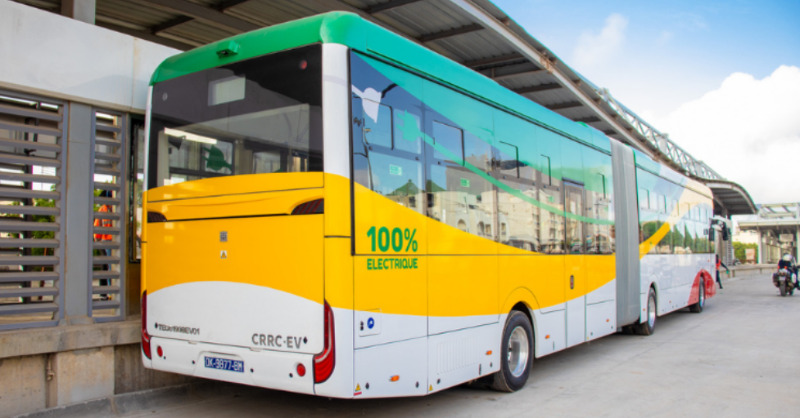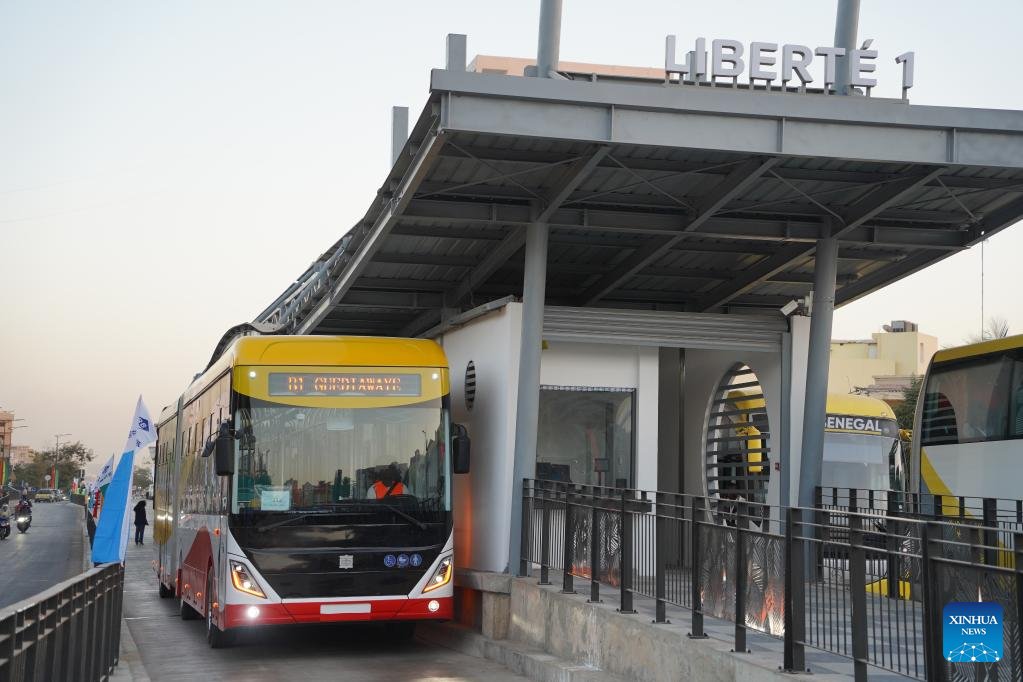The transportation is fundamental for mobility and connectivity in modern society, but it also plays a crucial role in the climate change.
Dependence on fossil fuels in vehicles, together with the expansion of the road infrastructure, has contributed significantly to the greenhouse gas emissions. This sector is estimated to be responsible for 20% of GHG emissions, with an average annual growth rate of 1.7% faster than any other sector.
The International Energy Agency The company states that in order to get on the road to the zero net emissions targetemissions from transport must fall by more than 3% per year by 2030.
The World Bank stresses the need to find affordable solutions that rapidly reduce dependence on fossil fuel transportation, improve quality of life, and are easily deployed in diverse locations.
The organization proposes measures that can contribute to achieving these solutions.
Bus rapid transit systems
Cities are looking for more efficient, safe and affordable alternatives for the transportation of people, with the aim of reducing the number of people transported. carbon emissions in a context of vehicular congestion and air pollution. The bus rapid transit systems These issues are being addressed, especially in developing countries.
These are high-capacity, high-quality public transportation systems that are designed to provide fast and reliable travel times, with performance standards similar to other mass transit technologies, such as metro or light rail, but much more economical in their implementation.
Bus-only lanes are an effective solution by taking cars off the roads, providing fast mobility and the benefits of metro systems at a fraction of the cost. In addition, battery-powered electric buses are becoming increasingly viable thanks to the revolution in battery technology, contributing to the transition to more sustainable forms of public transport, says the World Bank.
Dakarcapital of Senegalis one example. They are introducing a new all-electric bus rapid transit line, the first in West Africa. The Dakar system reduces the number of cars on the road and allows commuters to use electric vehicles instead of fossil fuel-powered ones, thereby reducing local and global emissions.

This project is expected to contribute to reducing GHG emissions by approximately 1.2 million tons of GHGs. carbon dioxideThis is equivalent to taking more than 250,000 gasoline-powered passenger vehicles off the road for one year.
"All countries should make a plan to incorporate electric vehicles, especially buses and two- and three-wheelers, into their overall transportation systems," said Nicolas Peltier-Thiberge, director of Transport at the World Bank.
"Our vision is to create transportation systems that are not only environmentally friendly, but also reinforce development goals and facilitate the daily work of all citizens. Certainly, electric vehicles are part of this story, but a comprehensive approach is needed to make them truly effective."
Cheaper to build than the subway
In terms of capacity and performance, the bus rapid transit systems are comparable to those of other advanced public transportation technologies, such as the subway or the light railThe new system is a very cost-effective and fast to build, making it an attractive option for cities that aspire to develop high quality public transport with limited time or resources.
A prime example is the Bus Rapid Transit system in LimaPeru, which costs US$10 million per kilometer, while a subway rail line in the same city costs US$182 million per kilometer.
Transportation for people and for the planet
Not all investments in green transportation have to be made at that scale. Investments in people-centered traffic management and safety, such as well-lit streets, safe crossings, bike lanes and connected sidewalks, should not be overlooked. These projects can often be executed quickly and respond to unique local needs.
In five Brazilian states, 3.1 million people will feel much safer walking at night thanks to the replacement of obsolete and inefficient streetlights. The new street lighting uses low-emission LED technology that generates energy savings of 40% to 70%. Savings can be up to 80% when combined with intelligent management and control systems. With only $4 million contributed by the World Bank63 million in private investments and public-private partnership contracts were mobilized to make this possible.
The reality is that many cities in developing countries will need a holistic approach that combines transportation solutions with a smart urban planning to ensure that people can access employment, education and essential services efficiently and safely.
"We want to see more people cycling, walking and using public transport, but not as a last resort or for lack of a private car, but because it is truly the safest, most efficient and accessible option," said Georges Bianco Darido, senior urban transport specialist at the World Bank.
The agency stresses that all investments in urban transport, whether large or small, are crucial to making life in cities healthier, safer, more inclusive and far less carbon-intensive. At a time when the planet needs a paradigm shift, sustainable transport can be a game changer.
Source: World Bank


